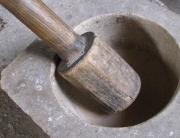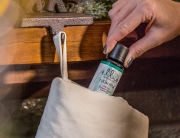Picking the right chiropractor can be confusing and challenging, especially if you are new to chiropractic care. I have been a chiropractor for more than 20 years, and I’ve found that it’s the fear of the unknown that keeps most people from seeking chiropractic care.
My Personal Story: How My Skepticism Changed
I even almost talked myself out of seeing a chiropractor back when I was 19 and hurt my back. Being a teenager — and of course, knowing it all — Irefused to go to the chiropractor that my mother suggested when I hurt my lower back and could barely stand up due to the pain.
After all, what did she know? She’d only been going to the chiropractor for years from chronic pain due to old whiplash injuries. She swore by its success. One day, she finally said: “OK then, you put on your own shoes from now on and deal with it.”
It was at that moment I figured I’d give it a try. I’m very grateful I did, because not only did it get me out of the incredible back pain I was dealing with, chiropractic also eliminated the chronic migraine headaches I had suffered with my whole life. Mom, you were right!
Ask for Referrals and Suggestions
In my opinion, the best way to find a qualified chiropractor is a personal referral from a friend. The advice of someone with firsthand experience is always valuable when choosing a healthcare provider. In addition, national associations, including the International Chiropractors Association and state trade associations like Michigan Association of Chiropractors (MAC), maintain listings of board-certified chiropractors.
There are more than 100 named chiropractic methods, each varying in the approach to assessment and corrective techniques. Some rely on X-rays, while others utilize spinal motion or the responses to various “touch” point challenges. Examples of these various methods are Chiropractic BioPhysics, Motion Palpation, Gonstead, and Applied Kinesiology, each employing their own assessment approach and type of adjustment.
I recommend a corrective chiropractor. A corrective chiropractor is not only interested in getting the patient out of pain, but ultimately the goal is to structurally stabilize the spine for the long term as opposed to just “patching” it for the short term. My preferred method is Chiropractic BioPhysics (CBP), a corrective method. CBP emphasizes optimal posture and spinal alignment as the primary goals of care, and the uniqueness of CBP treatment is in structural rehabilitation of the spine.
Use Complementary Wellness Tools
Some chiropractic offices, like my office, also incorporate other non-invasive methods to help promote natural healing. A few examples are cold-laser therapy, massage therapy, nutritional recommendations, and essential oils. We use Ellia Essential Oils in our office to help reduce stress, boost mental clarity, and soothe the body and mind.
















































